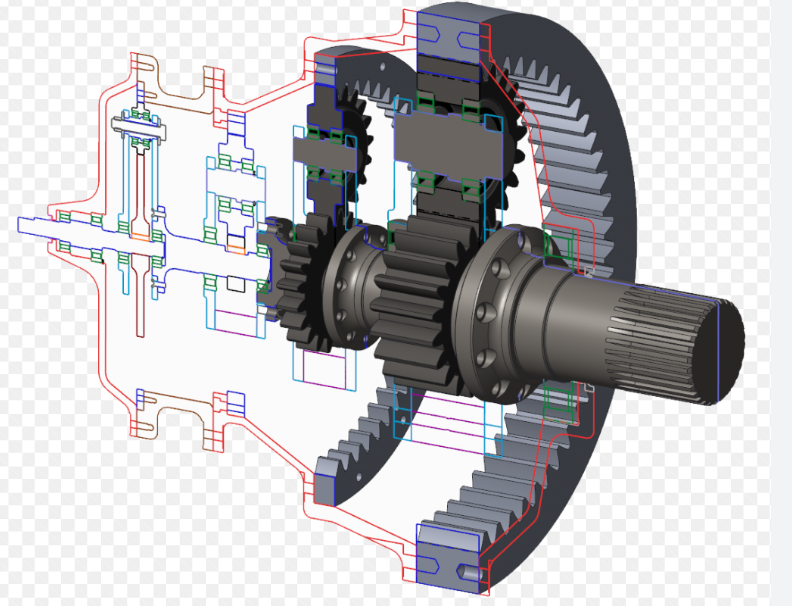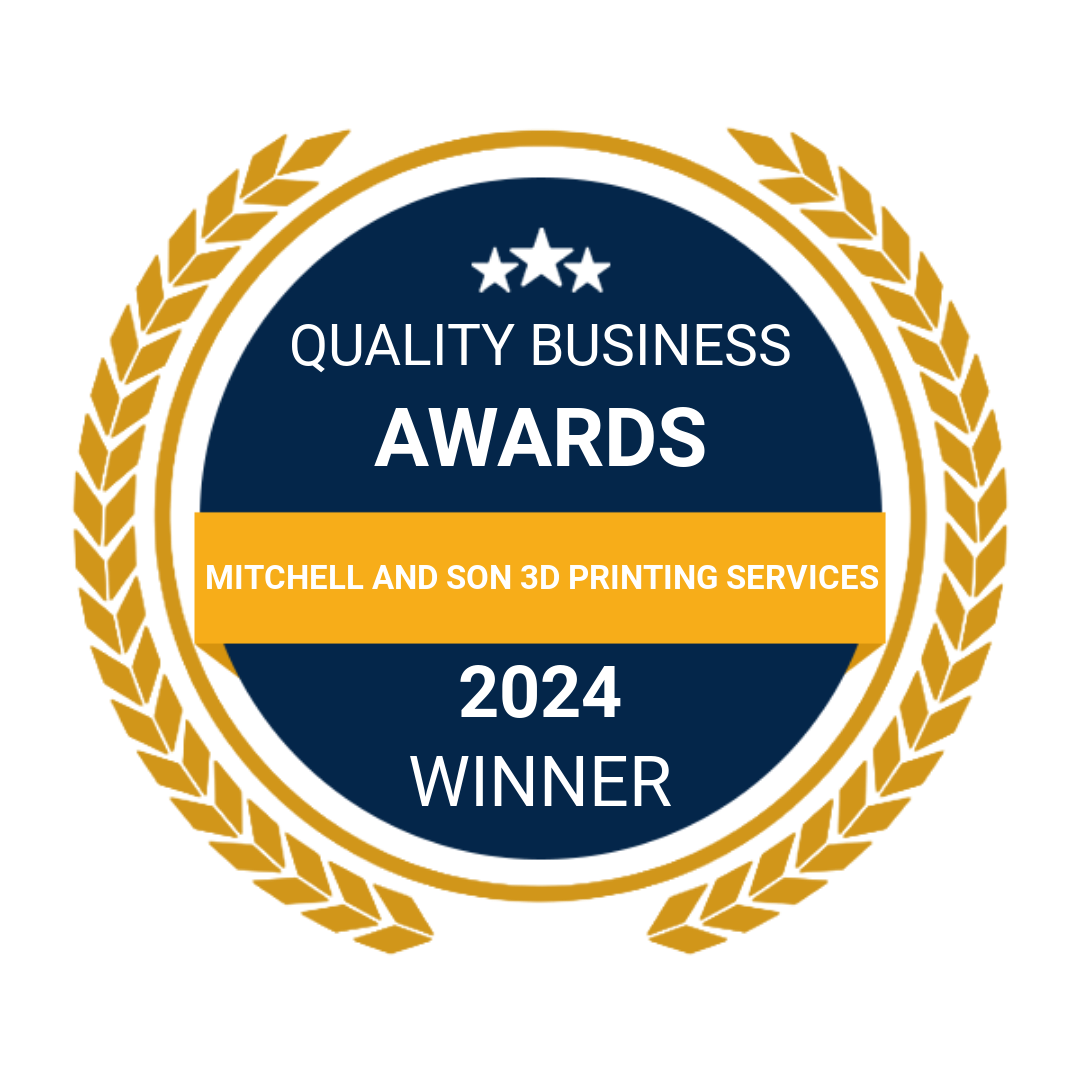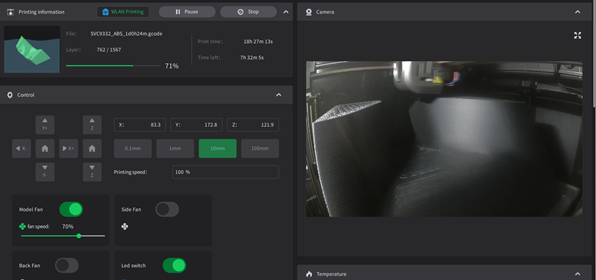Do we really Understand the Manufacturing Process?
Innovative Manufacturing Solutions with 3D Printing

Manufacturing and production are critical components of any economy, and they are essential to creating the products that people use every day.
However, the traditional manufacturing process can be time-consuming, expensive, and challenging to navigate. Fortunately, 3D printing technology has emerged as a cost-effective and efficient alternative to traditional manufacturing methods.
In this article, we will explore the benefits of 3D printing technology and how it can help revolutionize the manufacturing industry.
Understanding the Manufacturing Process
The traditional manufacturing process involves several stages, including product design, prototyping, tooling, and production. The product design stage involves creating a concept or idea for a product, which is then refined through multiple iterations.
Once the design is finalized, a prototype is created to test the product's functionality, usability, and durability.
The tooling stage involves creating the molds, dies, or fixtures required for the mass production of the product. Finally, the production stage involves using these tools to create the final product.
While this process has been used for decades, it has several limitations.
For example, tooling can be expensive, and it can take several weeks or months to produce. Additionally, changes to the product design during the prototyping stage can be costly and time-consuming, as they may require modifications to the tooling.
Finally, the production process can be inflexible, making it challenging to accommodate changes to the product design.
3D Printing and the Future of Manufacturing
3D printing, also known as additive manufacturing, is a technology that creates physical objects by layering materials such as plastics, metals, or ceramics.
This process is much faster and more flexible than traditional manufacturing methods, as it does not require molds, dies, or fixtures. Instead, 3D printing uses 3D modeling software to create a digital model of the product, which is then printed layer by layer using a 3D printer.
One of the most significant advantages of 3D printing is its ability to produce complex shapes and designs that would be difficult or impossible to create using traditional manufacturing methods.
Additionally, 3D printing allows for more flexibility in the product design process, as changes can be made quickly and easily to the digital model, without the need for expensive tooling modifications.
Another benefit of 3D printing is its ability to create small-batch production runs cost-effectively.
Unlike traditional manufacturing methods, which require significant investments in tooling and production runs, 3D printing can create small quantities of products quickly and inexpensively.
This makes it an ideal solution for startups and small businesses that want to bring their products to market without incurring high overhead costs.

3D Printing Services and the Supply Chain
3D printing services are becoming increasingly popular as companies look for more cost-effective and efficient manufacturing solutions.
These services allow businesses to outsource their 3D printing needs to specialized providers who have the equipment and expertise to create high-quality products quickly and cost-effectively.
By outsourcing their 3D printing needs, companies can streamline their supply chain and reduce their manufacturing costs.
Additionally, 3D printing services can help companies overcome the challenges of traditional manufacturing, such as the need for expensive tooling and inflexibility in the production process.
Challenges and Limitations of 3D Printing
While 3D printing has many benefits, it also has several challenges and limitations that must be considered.
For example, 3D printing materials can be limited in terms of strength and durability, which may make them unsuitable for certain applications.
Additionally, 3D printing can be slow, especially for large or complex products, which may make it less efficient than traditional manufacturing methods.
Another limitation of 3D printing is the cost of the equipment and materials. While 3D printers have become more affordable in recent years, they still require a significant investment, which may be prohibitive for some businesses.
Additionally, the materials used in 3D printing can be more expensive than traditional manufacturing materials, which may make it less cost-effective for certain applications.
Despite these challenges, 3D printing technology has enormous potential to revolutionize the manufacturing industry.
As the technology continues to improve, it is likely that these limitations will become less of a concern, and more companies will turn to 3D printing as a cost-effective and efficient solution for their manufacturing needs.

The Future of 3D Printing in Manufacturing
As the benefits of 3D printing become more widely recognized, it is likely that more companies will begin to incorporate this technology into their manufacturing processes.
In addition to its cost-effectiveness and flexibility, 3D printing also has the potential to reduce waste and improve sustainability by allowing for more precise and efficient use of materials.
One area where 3D printing is already having a significant impact is in the medical industry.
3D printing technology has been used to create prosthetic limbs, dental implants, and even replacement organs.
The ability to create custom-fit and personalized medical devices using 3D printing has the potential to revolutionize healthcare and improve patient outcomes.
Conclusion
3D printing technology is an innovative and exciting solution to the challenges of traditional manufacturing.
By offering a more flexible, cost-effective, and efficient manufacturing process, 3D printing is transforming the way products are designed, developed, and produced.
While there are still challenges and limitations to the technology, the potential benefits are enormous, and it is clear that 3D printing will play an increasingly important role in the future of manufacturing.
Whether you are a startup looking to bring your product to market or an established business seeking to improve your supply chain, 3D printing services offer a compelling solution that can help you achieve your goals.












